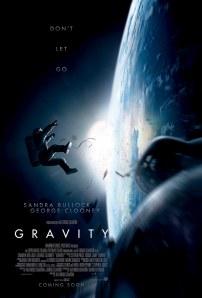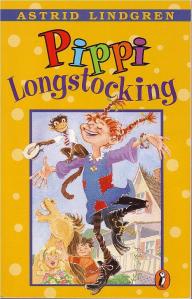I’m a beginning gardener, just finishing up my first year — a small backyard garden, mostly vegetables, with a few flowers. I’ve learned a lot, both about gardening and about life. Here are 7 lessons from Year 1…

1. Adapt your plans to your lifestyle and needs.
I know my garden isn’t going to be tended for hours each day, so I’m keeping it small, and I’m on a mission to discover which vegetables grow best under my erratic care. Zucchini is robust? Great! Celery needs nursing? Too bad, it’s not going in my garden. If you’re in a small space or have poor soil, look into container gardening — it’s pretty amazing what you can grow in pots these days. Make gardening work for you, and it’ll be a lot more fun.
Life lesson: Whether you’re trying to make time for a hobby you’re passionate about or to fit exercise into a busy schedule, it’s easier if you can work your new activity around the lifestyle needs you already have.
2. Keep up, don’t catch up.
You can pull out every last weed, stand back, and admire a job well done. But a week later, they’ll be sprouting up all over the place again. (It helps if you can get the whole root, which is hard with weeds that have long taproots). Discouraging? Yes. But it’s easier to keep up now than catch up later — trust me.
Life lesson: Some tasks come back again and again — laundry and other chores come to mind. It’s easier to stay on top of them if you’re not always playing catch-up.
3. But…it doesn’t have to be perfect.

See the green thing on the right? That’s a weed. Should it be there? No. But is it the first thing you notice? Probably not.
My garden had weeds in it. I watered erratically, so a lot of my carrots are stubby. But even so, I got a good haul of carrots, zucchini, cherry tomatoes, hot peppers, and various herbs — all local, organic, and delicious. And the roses and tiger lilies put on a glorious show. That’s good enough for me!
Life lesson: Who cares if my garden (or house, or personal style…) doesn’t look like it belongs on Pinterest or in a magazine, as long as it makes me happy and gets the results I want?
4. Experiment, learn, and do better.
I didn’t get good results from bell peppers, cantaloupe, spinach, or sweet peas (flowers) this year. So next year I’ll plant more of what did work (see above) and try out a couple of new things. I’ll also try to be at least a little more consistent with watering, and more proactive with weeding.Life lesson: Try things, make mistakes, and learn from them. Experiments and mistakes are okay. It’s how kids learn — why not you, too?
5. It’s weirdly exciting to watch things grow.

Baby cantaloupe!
You plant something. You water and weed it occasionally. Maybe you fertilize it. And with just that and sunshine, you get a whole new living thing. If you’re growing vegetables, you get to see what baby cantaloupe look like, or watch the whole growth cycle of zucchini. If you’re growing flowers, there’s the cycle of bud to blossom. Every week there’s something new to see. It’s pretty cool.
Life lesson: Nature is both engrossing and relaxing. If you don’t have a garden of your own, try looking at the plants you pass on a regular basis and watch how they change — it’ll give you a minute or ten of being present, unplugged, and connected to the world around you.
6. Plants are slow…and that’s a good thing.
You can’t sit there and watch them grow. You might not see a change in 24 hours (unless it’s kudzu…). If you’re growing a perennial, you won’t see real results (whether fruit or flowers) in the first year — and that’s without even mentioning trees! So gardening is an exercise in patience. In a world that’s increasingly fast-paced, watching plants is a great antidote.
Life lesson: Sometimes good things build slowly. In the hectic pace of modern life, from social media to television, it’s good to step out of the flow and move at a different speed for a while.
7. Gardening is hard work…but it’s worth it.

Gardening is a lot of work, especially when you’re just starting out and don’t know what you’re doing. It’s not for everyone. But it’s good exercise, and doing something with one’s hands — something tactile and tangible — is a welcome change for a lot of us. The process is rewarding (see above!). And all your hard work gets you delicious food and/or beautiful flowers.
Life lesson: Hard work reaps rewards. Maybe not instantly (see above), but then the payoff is richer when it finally comes.
If you liked this post, you might also enjoy my other posts on gardening (at Turtleduck Press):
Vegetable Gardening? Ooh, Shiny!
Vegetable Gardening, The Sequel: An “Ooh, Shiny!” Update
Vegetable Gardening: The Tasty, Tasty Conclusion
Your turn! What has gardening taught you?
















